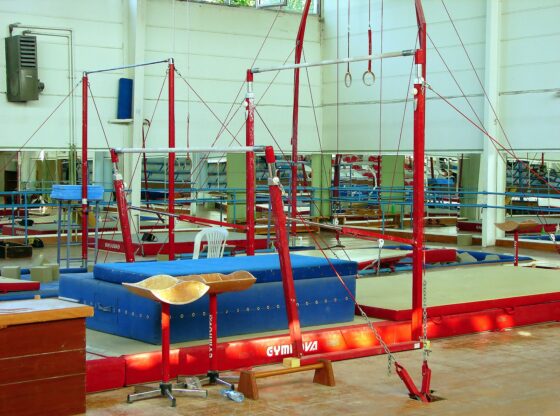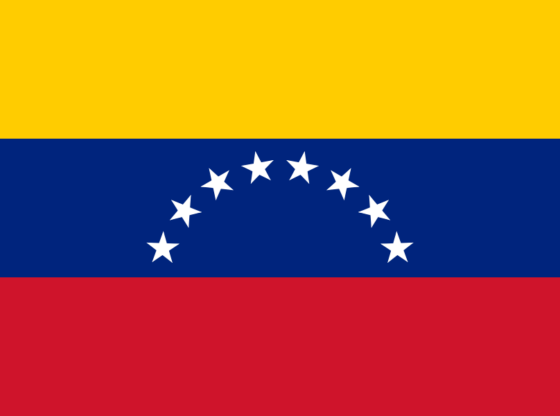Holocaust Remembrance Day, the anniversary of the Warsaw Ghetto uprising, was commemorated April 29 with the visit of Holocaust survivor Henry Greenbaum.
Greenbaum was 12 years old when the Germans came into his home town of Starachowic, Poland.
He was the youngest in his family with six sisters and two brothers.
In late 1939, all the Jews in the town were put into a ghetto at the synagogue and enclosed with barbed wire.
In the ghetto, people ran out of soap, so dirt was used instead to wash with. In the winter people became infested with lice. Everyone was losing weight because the rations of food were becoming less and less.
In October 1942, everyone was moved out of the ghetto and was separated into two groups: the people who could work and the people who could not work.
This was the last day Greenbaum saw his mother and three of his sisters. Everyone in the “working” group was taken to a slave labor camp; the others were killed.
At the camp, people were beaten and forced to jog. The men and women were then separated.
One of Greenbaum’s sisters was taken away by the Germans and eventually killed.
Another one of his sisters contracted typhoid fever, which led to tuberculosis and then to death.
His last sister was a tailor at a tailor shop. The tailors planned an escape and Greenbaum went with them.
During the escape, there was an air raid and when the Germans saw the escaping prisoners, they started to shoot.
Greenbaum was shot in the head, but was not seriously hurt. He then found his sister in the men’s barrack hiding from the Nazis.
Three weeks later, everyone was shipped to Auschwitz.
People were stuffed into cattle cars, at least 125 in each one, for three days and three nights with no food or water.
Many people died from exhaustion and lack of air.
At Auschwitz, the group of people who could work stayed and the others were killed. The Germans then tattooed everyone with a number that replaced their name.
Their heads were shaved to get rid of the lice they were infested with. They took showers and had to wear striped uniforms.
Greenbaum was only in Auschwitz for three months because there was not much work to be done, due to so many other people who were enslaved there.
The next camp he was shipped to was Buna Manowitz.
The jobs there were through the I.G. Farban Company, the chemical company that made the gas that killed millions.
When the Allied bombing started there, the guards and the non Jews had a bunker to go into.
All the Jews had to drop wherever they were. After the bombing and air raids, those still alive were forced to remove the dead bodies.
Right after these events, Greenbaum was shipped out again with many others. On their way to the next camp, Flusinburg, the Jews were let out and forced to walk part of the way.
In Flusinburg, the same treatment was received as at the other camps and the people had to remove clothes from the dead and pack them for shipment to Germany.
The one reprieve from the horrors of the camps was the Red Cross.
When the Red Cross visited for a day, everyone was fed cream of wheat instead of their normal piece of bread and instant black coffee for the whole day.
They were also cleaned and given exercise time.
In mid-February 1945, the prisoners had to march for miles. It was called the “Death March” because so many people were dying from lack of strength.
During the march, there was a torrential rain.
The people were drenched and stopped at a farm for the night to let their clothes dry.
The next day they went back to marching and were shot at by low-flying planes.
Greenbaum found out that there were American soldiers nearby. A soldier came up to the marchers and said, “You are free.”
Greenbaum was finally liberated on April 25, 1945. At the time he weighed little more than 75 pounds.
Greenbaum also spoke about the oppression of the Jews. “No one spoke out for us and they let him [Hitler] do what he wanted to do,” he said.
To this day, Greenbaum feels it is important to remember the millions of lives that were lost and the experiences he had himself.











